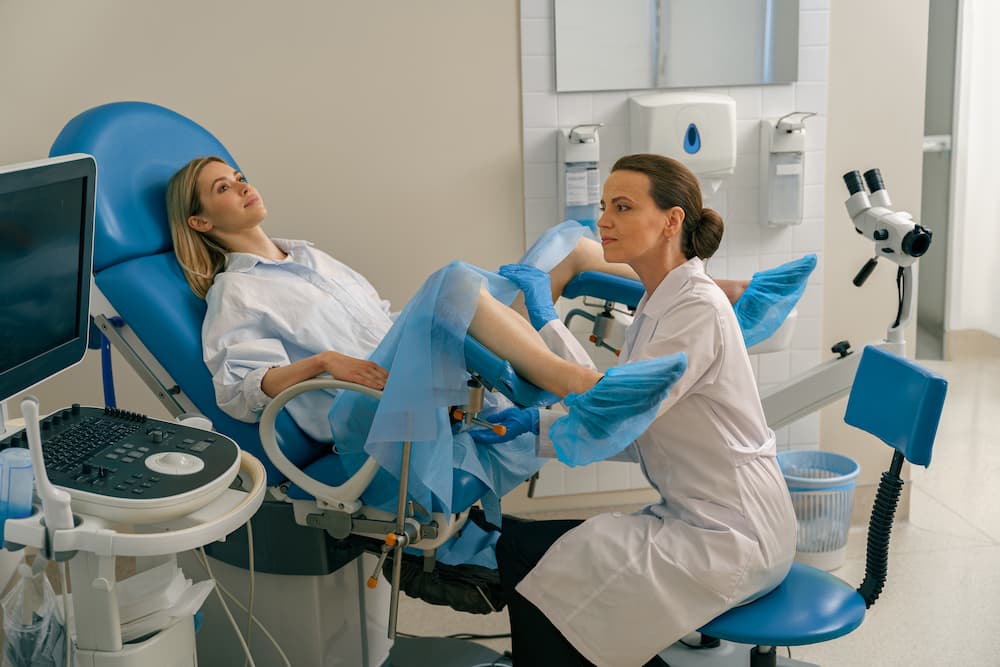Colpopexy is a surgical procedure designed to correct pelvic organ prolapse, a condition where pelvic organs like the bladder, uterus, or rectum drop from their normal position and press against the vaginal walls. This condition often results from weakened pelvic floor muscles and tissues, which can occur due to childbirth, aging, or other factors.
What is Colpopexy?
Colpopexy involves lifting and securing the prolapsed pelvic organs back to their correct position. This is typically done by attaching the prolapsed organ to a stable structure within the pelvis, such as the sacrum (a bone at the base of the spine) or other ligaments, using sutures or a surgical mesh.
Types of Colpopexy
There are different approaches to performing colpopexy, including:
- Abdominal Colpopexy: This involves an incision in the abdomen to access the pelvic organs. The surgeon then attaches the prolapsed organ to the sacrum using sutures or mesh. This method is often used for severe prolapse cases.
- Laparoscopic Colpopexy: This is a minimally invasive procedure where small incisions are made in the abdomen, and a laparoscope (a thin tube with a camera) is used to guide the surgery. This method usually results in quicker recovery times and less post-operative pain.
- Vaginal Colpopexy: This approach involves making incisions in the vaginal walls to access and repair the prolapse. It can be combined with other vaginal procedures if needed.
When is Colpopexy Recommended?
Colpopexy is generally recommended for women who experience significant symptoms from pelvic organ prolapse, such as:
- Pelvic pressure or pain
- Urinary incontinence or difficulty emptying the bladder
- Bowel movement difficulties
- Discomfort or pain during sexual intercourse
- Visible or palpable bulge in the vagina
Benefits and Risks
Benefits:
- Relief from symptoms associated with pelvic organ prolapse
- Improved quality of life and comfort
- Enhanced ability to engage in daily activities and exercise
Risks:
- Infection
- Bleeding
- Pain
- Recurrence of prolapse
- Complications related to the surgical mesh, if used
Recovery
Recovery from colpopexy varies depending on the surgical method used. Generally, patients can expect:
- Hospital stay of 1-2 days for abdominal or laparoscopic colpopexy
- Return to normal activities within 4-6 weeks
- Avoidance of heavy lifting and strenuous activities during the recovery period
- Follow-up appointments to monitor healing and progress
Conclusion
Colpopexy is an effective surgical solution for pelvic organ prolapse, providing relief from discomfort and improving quality of life for many women. If you are experiencing symptoms of pelvic organ prolapse, consulting with an experienced OBGYN is essential. Plaza OBGYN, located in the Medical Center of Houston, offers over 40 years of expertise in women’s health, including advanced surgical procedures like colpopexy. With a dedicated team and state-of-the-art facilities, Plaza OBGYN ensures that you receive the highest standard of care for all your gynecological needs.





